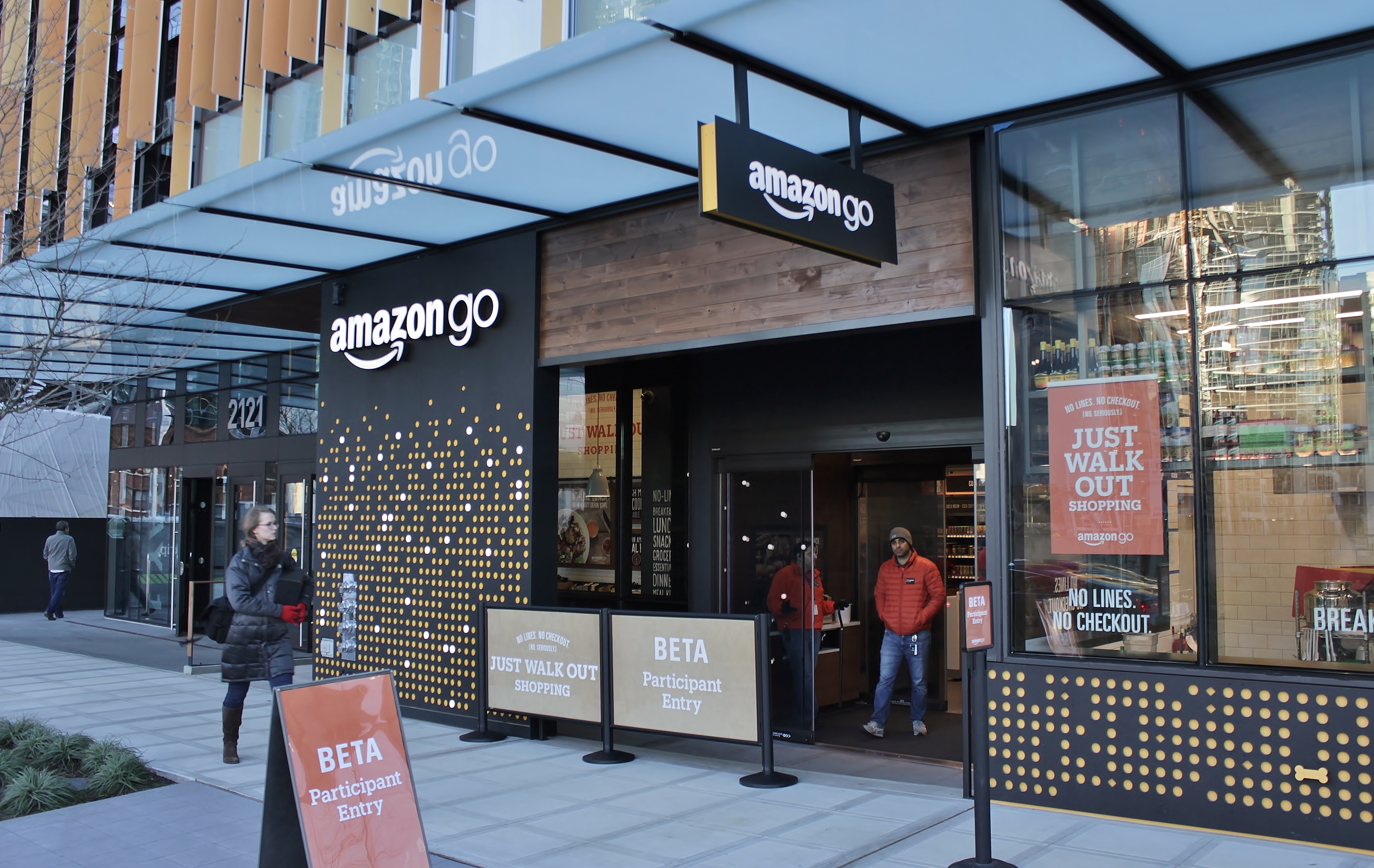Views expressed in opinion columns are the author’s own.
Amazon’s plan to create a second headquarters has unleashed a frantic bidding war among the cities being considered for its location. The company has narrowed the field down to 20 finalists, including Montgomery County.
Maryland legislators have already approved a package of $8.5 billion in promised infrastructure improvements, tax incentives and subsidies for the new headquarters. But when The New York Times asked Montgomery County to disclose its specific proposal, county officials released a document with every line redacted. Considering the negative consequences of the company’s presence and the magnitude of the proposal, Montgomery County needs to be more transparent about its plans to lure Amazon.
In Seattle, the site of Amazon’s first headquarters, the company created a shortage of affordable housing by driving up home prices. Amazon then wielded its excessive power over the local government to prevent any measure to aid low-income communities that hurts its bottom line.
When the Seattle City Council passed a sensible tax on its biggest companies to combat homelessness and create more affordable housing, Amazon threatened to cease development in parts of the city and used its influence to get the tax repealed. It apparently did not matter that the tax would have applied to hundreds of other companies to raise about $45 million over five years — recall that Amazon briefly reached a market capitalization of $1 trillion on Tuesday — or that the plan would address a problem that Amazon helped create.
Proponents of Montgomery County’s plan to attract the new headquarters, such as Gov. Larry Hogan, point to the possibility of creating jobs and cultivating “economic development.” But local governments should primarily be concerned with improving the lives of their current residents. Offering huge tax incentives to Amazon is an ineffective way of doing that.
For one, many of the touted high-paying jobs that Amazon “creates” will not go to the current residents of the metropolitan area that houses the new headquarters. Research suggests that roughly eight out of every 10 jobs created will go to employees coming from outside the area. This is especially troubling when considering the increase in home prices that is bound to occur, which will push out lower-income families who likely won’t see an increase in pay.
The only way for Maryland’s and Montgomery County’s proposals to pay off for many of its current residents, then, is to generate tax revenue from Amazon over the long run that can be used for investment in public works and government programs that improve residents’ lives.
As evidenced by the experience in Seattle, raising taxes on Amazon is difficult. And it’s not clear that enough revenue can be collected to make up for the enormous expenses of attracting the company — and accommodating it — if Montgomery County is chosen.
Given these problems, it is especially alarming that Montgomery County is being so secretive about its proposal. The county needs the consent of its residents to make a decision of this magnitude, especially given how terrible the deal could be.
Zachary Jablow is a sophomore economics and government and politics major. He can be reached at zachjablow@gmail.com.



